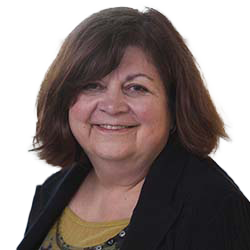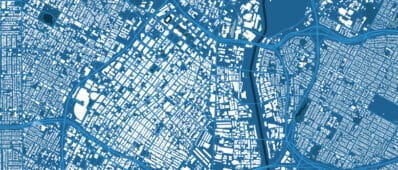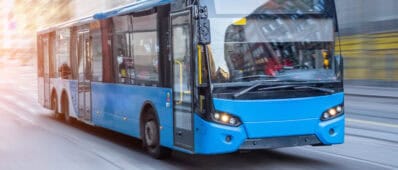Our Experts

Elizabeth Deakin
Professor Emerita, Department of City and Regional Planning, UC Berkeley
Contact
Email:
edeakin@berkeley.eduRecent Projects
Research Team:
UC Campus(es):
Research Team:
UC Campus(es):

Professor Emerita, Department of City and Regional Planning, UC Berkeley
Email:
edeakin@berkeley.eduResearch Team:
UC Campus(es):
Research Team:
UC Campus(es):

Director and Professor, cityLAB, and Department of Architecture and Urban Design, UCLA
Email:
dcuff@aud.ucla.eduResearch Team:
UC Campus(es):
Research Team:
UC Campus(es):
Research Team:
UC Campus(es):


Survey Researcher, Transportation Sustainability Research Center, UC Berkeley
Email:
apcohen@berkeley.eduResearch Team:
UC Campus(es):
Research Team:
UC Campus(es):
Research Team:
UC Campus(es):

Director, 3 Revolutions Future Mobility Program, UC Davis
Email:
gcircella@ucdavis.eduResearch Team:
UC Campus(es):
Research Team:
UC Campus(es):


Chair, and Professor, Department of City & Regional Planning, UC Berkeley
Email:
dgc@berkeley.eduResearch Team:
UC Campus(es):
Research Team:
UC Campus(es):

Professor Emerita, Department of City and Regional Planning, UC Berkeley
Email:
chapple@berkeley.eduResearch Team:
UC Campus(es):
Research Team:
UC Campus(es):

Professor Emeritus, Department of City and Regional Planning, UC Berkeley
Email:
robertc@berkeley.edu
Robert Horenjeff Professor, Department of Civil and Environmental Engineering, UC Berkeley
Email:
cassidy@ce.berkeley.eduResearch Team:
UC Campus(es):
Research Team:
UC Campus(es):
Research Team:
UC Campus(es):

Senior Researcher, UC Davis Institute of Transportation Studies Europe Center, UC Davis
Email:
pcazzola@ucdavis.eduResearch Team:
UC Campus(es):

Professor Emeritus, Department of Economics, UC Irvine
Email:
dbrownst@uci.eduResearch Team:
UC Campus(es):
Research Team:
UC Campus(es):
